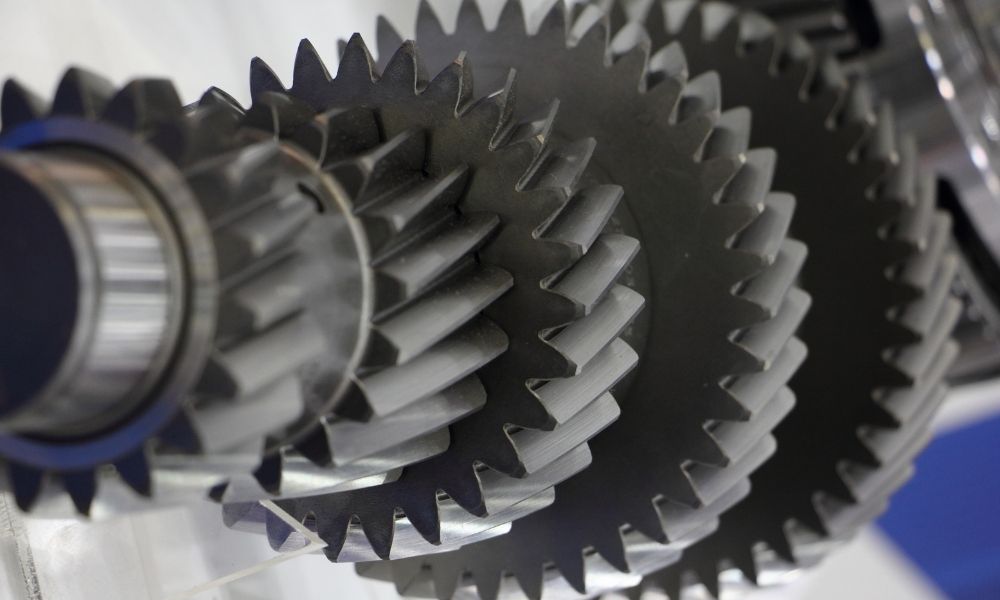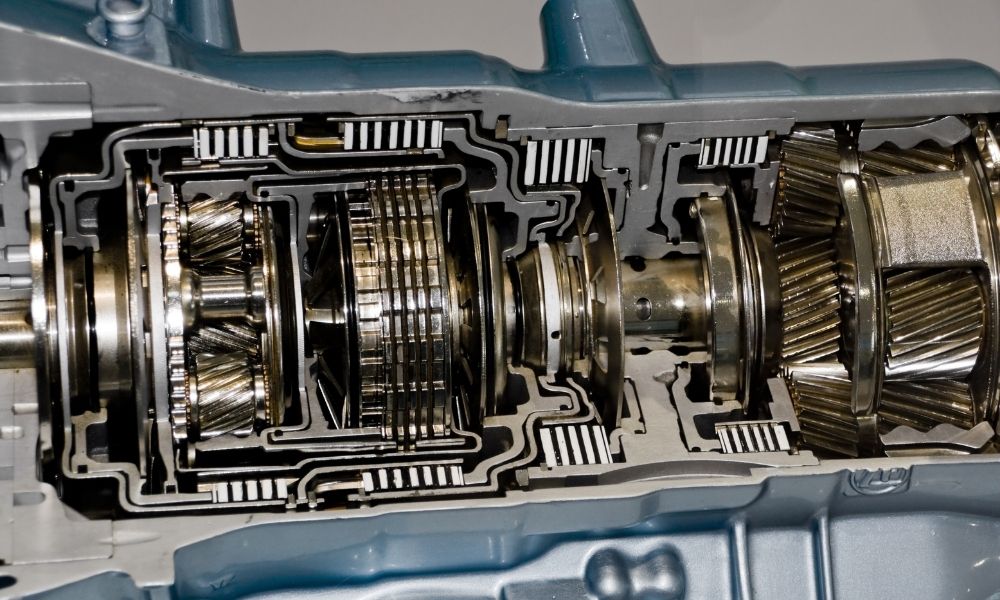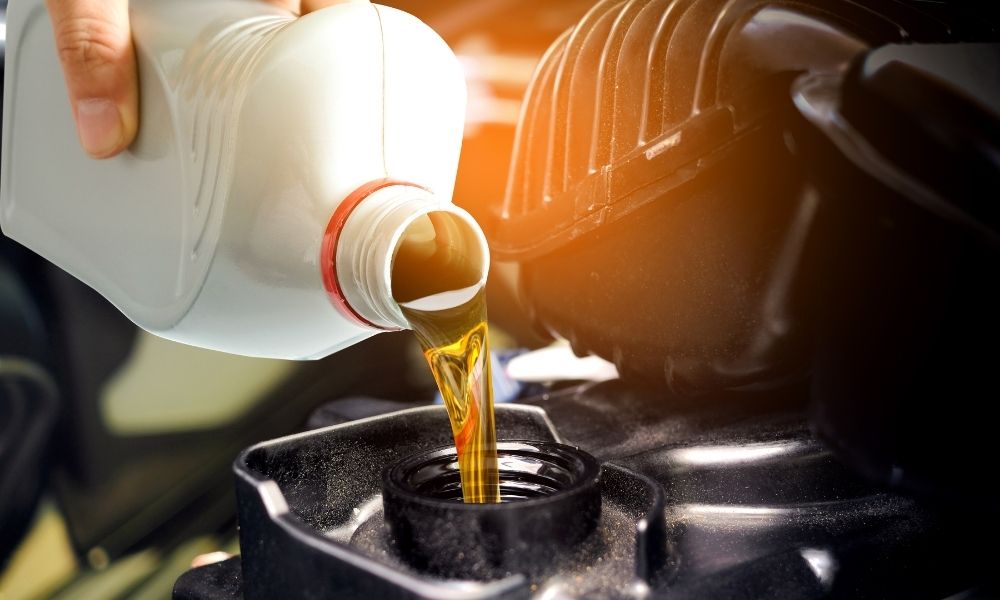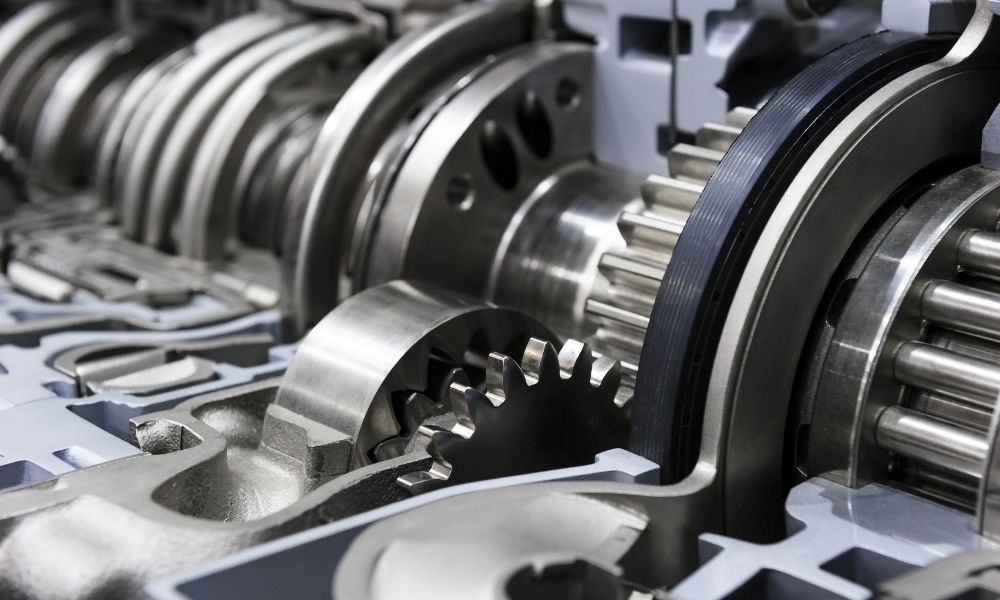How To Preserve Your Transmission During the Winter
Cold weather and vehicles generally don’t make the best combination. As temperatures dip, it isn’t uncommon to start experiencing a few transmission issues, such as hard shifts, leaks and premature wear caused by contracting components, and thickening transmission fluid, all of which prevent the transmission from doing its job properly. To avoid getting stranded by the side of the road in the cold or having to pay an exorbitant repair bill, follow these tips on how to preserve your transmission during the winter.
Switch To Synthetic Transmission Fluid
Your vehicle’s transmission fluid serves many important purposes, from lubricating moving parts and preventing premature wear and tear to facilitating smooth gear changes. When temperatures start to dip, however, transmission fluid can begin to thicken.
Due to this change in viscosity, the transmission fluid won’t be able to circulate effectively throughout the transmission system, thus preventing it from fulfilling its important duties. To ensure your transmission fluid works properly during the winter, consider switching out your standard fluid to synthetic fluid, which is generally less viscous in cold temperatures.
Store Your Vehicle in a Garage
An effective way to protect your vehicle’s transmission from the perils of winter weather is by storing it in a garage. If you have the option, storing your car in a garage reduces your transmission’s exposure to extremely low temperatures and harsh weather conditions such as cold rain or snow. As a result, the transmission’s components will be less likely to contract, the fluid will be less likely to thicken, and you will reduce the negative impacts of winter weather overall.
Don’t Be Too Hasty
Another tip on how to preserve your transmission during the winter is to take things slow. While this tip isn’t ideal if you’re running late or on a time crunch, it can significantly reduce the amount of strain placed on yo








